Mortal Kombat 1 review - a false start in the race for reinvention
Old New Era.
It Has Begun... Again. 30 years on from furrowing the brows of parents and bothering the halls of the Senate, NetherRealm Studios has returned with Mortal Kombat 1, a full re-roll on the mammoth universe and bloodthirsty roster of kombatants that dwell within.
Mortal Kombat 1 - not to be confused with video games Mortal Kombat (1992) or Mortal Kombat (2011) or movies Mortal Kombat (1995) or Mortal Kombat (2021) - sees the timeline reset, following the outcome of Mortal Kombat 11 and hero Liu Kang's battle with reality-warping Elder God, Kronika.
In the aftermath of Kang's victory, the former Shaolin monk found himself bestowed with the power of time, affording him the opportunity to restart history and reshape the realms of the universe, in an effort to ensure a timeline that dials back on the violence, chaos, and war that had plagued previous existence. The new Time God has done a fine job, creating an admittedly imperfect, but mostly balanced existence for all. Still, Man is made to war. And Liu Kang will be reminded of this soon enough.
Immediately, Mortal Kombat 1 impresses with its presentation, kicking off with a gorgeous intro sequence and a stunning title screen and carrying that visual splendour across the entire game. Character models and their costume design is fantastic, with even the less-spotlit kombatants, such as Li Mei and Reiko, having some fantastic detail, while demoness Ashrah, sporting majestic wings and bedecked in white and gold, has one of my favourite designs in Mortal Kombat history. It's humbling to remember those MK9 and Injustice models at this point, as MK strives closer and closer toward realism.

Once everything starts moving, it all looks a tad sillier, as our photo-realistic kombatants stiffly dance around at high speed. This is, of course, the order of the day with MK, but while long-term fans have come to terms with the franchise's animation style, Keaton-Batman neck syndrome and stiff jumping animations are looking increasingly dated in modern light. That said, the stages are universally fantastic, representing some of the finest visuals seen in all of fighting games. Stage design has always been NetherRealm's strong suit, and MK1 boasts some breathtaking environments. From the regal opulence of Queen Sindel’s throne room, to the colorful and bustling Sun Do Festival (complete with firework display!), these stunning vistas are bursting with life, character and personality.
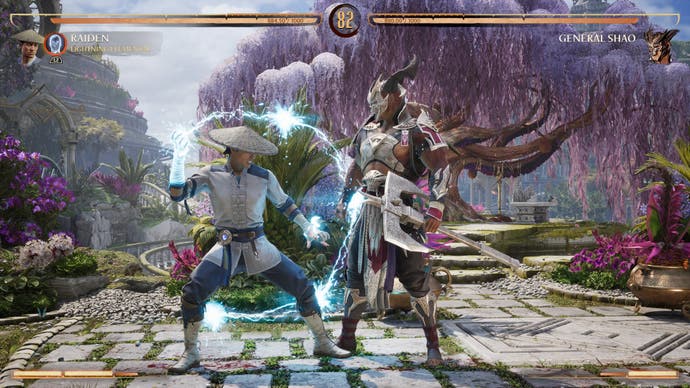

In keeping with its "back to the roots" vibe, MK1's soundtrack pays tribute to the series' origins, its score mixing exciting, modern music with a touch of the beat-heavy, techno influences of the original trilogy. It seems that NetherRealm has finally gotten over its interminable "Hans Zimmer-lite" obsession of past releases, with the sad, slow strings and mournful dirge that was MK11's score now a thing of the past (...or is that the future?)
Once the blood starts flowing, Mortal Kombat 1 feels immediately familiar, offering up the aggressively paced, fast-flowing combat that has been a series trademark since its '90s inception. MK1 remains a five-button fighter, with four attack buttons and one button reserved for defence. It becomes clear, just seconds into battle, that MK's new era is not wholly interested in taking the spirit of "new" into full consideration, with gameplay that is instantly comparable to the past three releases, for better and for worse.
A key issue is an inherent sense of captivity, especially when locked down in close combat, as well as a lack of consistency in moment-to-moment encounters. This is a fighter where you can read a jump-in ahead of time, launch an anti-air special, and still, somehow, find the moves trading. Additionally, elements such as not resetting player positions for consecutive rounds, 50/50 throw-teching, and the "crouch punch to steal your turn back" gimmick all add frustration to matches, and arguably should have been discarded long ago.
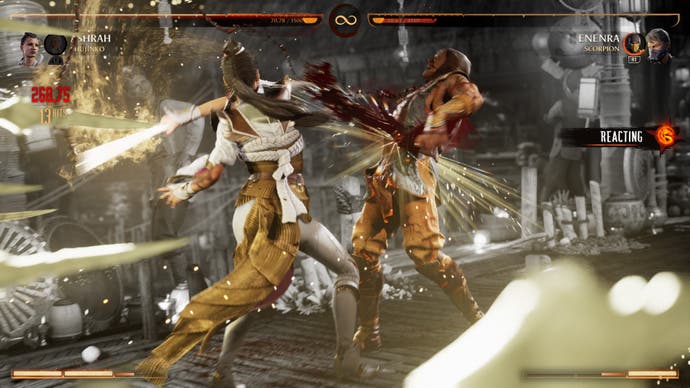
There is evolution on deck, however, and it comes in the form of the new "Kameo" mechanic - essentially an assist attack similar to King of Fighters' classic "Striker" system. Upon selecting their chosen kombatant, the player then chooses another fighter from a secondary roster, who can then be called into battle with relative frequency to provide a number of unique special attacks. These moves, by design, can be synergised with your main fighter's actions to provide space control, juggle opponents, extend combos, or simply to grab hold of the enemy for a bone-breaking throw. This mechanic is mandatory, representing the core gameplay alteration. Incidentally, the Kameo system fully replaces the MKX/MK11 "Variations", which have been removed entirely.
Several Kameo kombatants are already coming through as being far more popular than others, which has led to repetitious choices in online battles. Hopefully, this will thin out over time, and, once explored, Kameos will lend creativity and a strong sense of adaptation to competitive matches. Perhaps the only issue with Kameos at this early stage lies in its odd lack of personality. The Kameo characters feel like empty avatars - weak facsimiles of famed kombatants such as Sonya, Jax, and Goro - who silently pop in and out of battle before awkwardly joining their partners for an outro sequence.
In time, Kameos will find their footing from a gameplay standpoint. And, as the core component of MK1, the system will certainly make its presence felt on the competitive scene. While the system currently feels a little gimmicky in these early days, top players are already discovering creative ways to expand their chosen fighter’s offence and defence. NetherRealm plans to expand the Kameo system over MK1's lifespan, with additional warriors already queued up to join the secondary roster. Praise should definitely be offered to the studio for committing to a brave change to core gameplay, but Kameos stills feel like an idea that has not quite been fully fleshed out before its implementation, and carries a nagging sense of being undercooked.
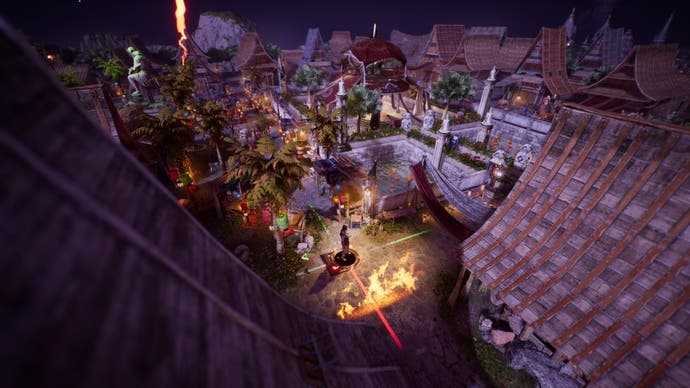
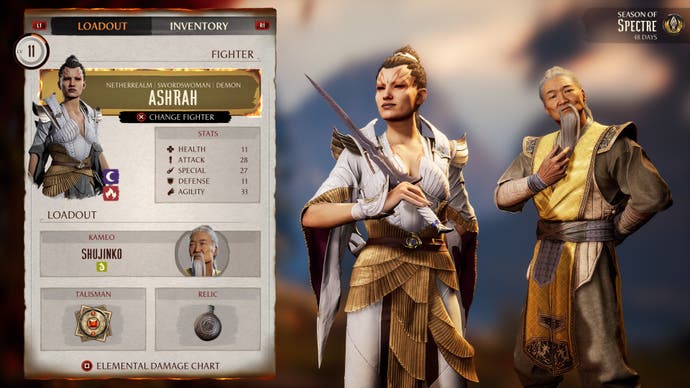
The all-new "Invasions" mode represents a culmination of all of the lessons NetherRealm has learned in its efforts to provide side activities for players not currently engaged in the online act of crushing skulls and tearing spines. It's a feature that recalls the celebrated quest modes from Mortal Kombat: Deception and Mortal Kombat: Armageddon, blended with MK’s iconic prize pool “The Shrine”, to create a singular mini-adventure formed of bite-sized campaigns.
Players can readily change characters as they make their way through a series of notable locations, visually stylized as a tabletop adventure. While journeying across the realms, in-game currency, colour palettes, gear, skins and Brutalities will be unlocked for the entire roster, while a battle-pass style system known as “Mastery” focuses on prioritising these rewards for the chosen characters. This method is a definite improvement over the (much maligned) unlock mechanics of MK11, allowing players to focus on gathering rewards specifically for their favourite warriors.
NetherRealm plans to update Invasions on a seasonal basis, adding new areas, boss battles, and unlocks, with each season focusing on the lore of a different kombatant. The hope is that it will keep the mode fresh - as opposed to the "one grind and done" nature of past releases. While this is a notable upgrade, Invasions still lacks the depth of previous efforts offered in the likes of MK: Deception. There is a distinct lack of variety in the activities on offer, essentially boiling down to 100 or so fights with occasional bonus stages. Still, this new endeavour should at least offer continued entertainment over the coming years, provided it is properly maintained and updated.
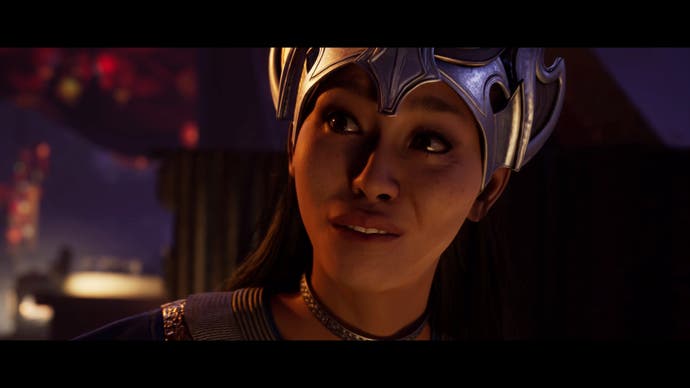
Without a doubt, one of the best elements of the Mortal Kombat 1 package is its excellent story campaign, which sees Liu Kang guiding Earthrealm's champions into a far friendlier and less death-directed Mortal Kombat tournament. Unfortunately, mysterious and nefarious forces turn up to throw a kunai in the works, and our heroes soon find themselves knee-deep in blood, gore, and soulnados, as these usurpers aim to turn Liu Kang's carefully-crafted utopia into a war-torn battlefield.
Returning to the "kung-fu flick" aesthetics of the earlier releases, MK1's story thankfully eschews the unnerving gun fetishism that plagued MK11, replacing military factions and dual-wielding M16s with a more traditional and exciting tale of ninjas, sorcery, betrayal, and, of course, deadly alliances. Sporting stellar cinematography, authentic moments of drama and comedy, and even a fun twist or two, this new story campaign features some much-deserved glory moments for characters such as Sindel, Reptile, Mileena, and Raiden, while avoiding the saggy middle section of the MKX and MK11 campaigns. Inevitably, the rulebook gets tossed out of the window for a completely bonkers and utterly maniacal finale that left me, as a long-time fan, absolutely beaming.
I will definitely revisit Mortal Kombat 1's story campaign, which is something I haven't done since MK9's groundbreaking offering. It's a smartly produced, hugely entertaining tale packed with fan-pleasing silliness and some brilliant vocal performances. Special shout-out to new Shang Tsung, Alan Lee, who clearly asked the producers "How smarmy do you want this?" and was told "Yes."
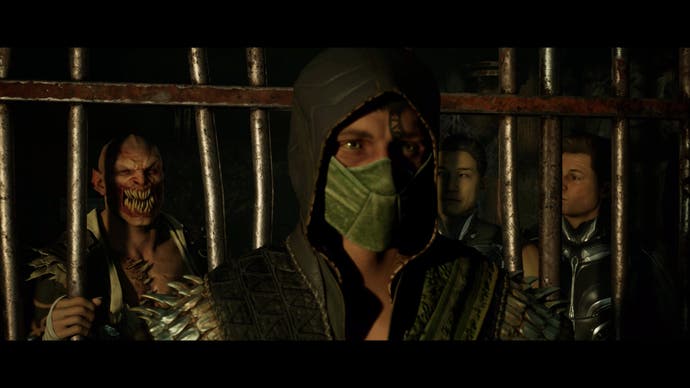
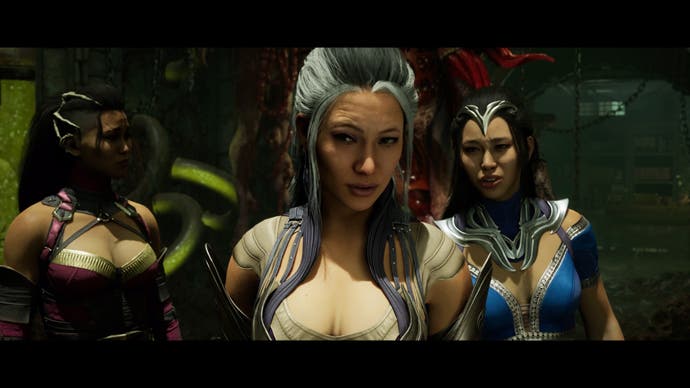
For a release that defines itself as being part of a "New Era", Mortal Kombat 1 is lacking, almost archaic, in regard to some of its most important features. The training mode options are disappointingly barebones, with a rudimentary tutorial and poorly devised combo trials. In addition, MK1's online suite is shockingly bland. MK11's maligned Kombat League returns, sporting the dullest-looking King of the Hill mode in MK history. Additionally, at this early stage online performance is disappointing, with dice-roll connectivity, unstable load times, and occasions of dropped connections and hard crashes - which I've personally experienced on numerous occasions.
As a whole, the Training, Tutorial, and Online portions of MK1 are a major disappointment, especially for a full-price fighter released in the wake of Street Fighter 6's exemplary offerings. Online in particular is archaic in both its presentation style and its technical prowess, and doesn't pass muster in the fighting game scene of 2023. No crossplay connectivity is offered at launch, and, as a final frustration, there is no Wi-Fi filter. This is a feature that the MK community begged for - pleaded for - for the entirety of MK11's lifespan. Fortunately, all of the above is tweakable in time, and here's hoping that steps are taken to polish the vital Vs. experience.
Less important, but equally disheartening, is the receding nature of MK1's customisation options, which walk back the options for players' personal expression. Kombatants now have only one custom accessory, down from MK11's three. Additionally, the Kameo system forces MK1 to remove the custom intro/outro sequences. This is a staggering misfire, as these cinematics were a key part of MK11's presentation, and offering players this choice was a unique feature loved by the fanbase. NetherRealm's iconic pre-match banter has also been hit with a downgrade, now consigned to offline Vs. only.
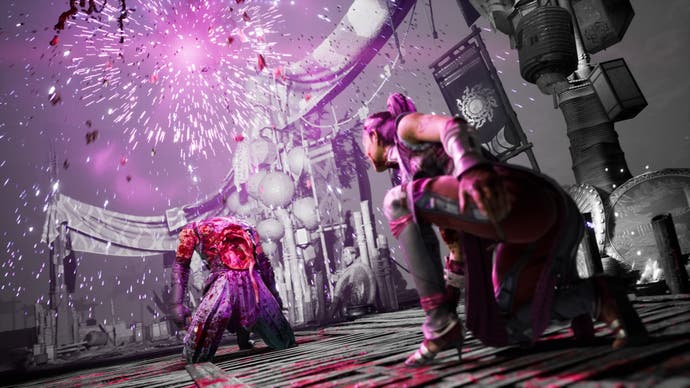
Mortal Kombat 1 demonstrates clear efforts to reshape its gameplay mechanics, single-player experiences, and overall audio/visual package, all of which will help kickstart this era of bloody, brilliant combat. However, MK1 also fails to jettison familiar flaws - retaining frustrating issues of past releases and actively downgrading other features. It's a shame to see these backward steps taken in a release that allows other elements - such as visual design, narrative direction, accessibility options, and overall presentation - to stride confidently forward. This theme, ultimately, hangs over the entire Mortal Kombat 1 experience.
Afforded a bit more time and care (and also setting aside a reportedly disastrous version on Nintendo Switch) Mortal Kombat 1 could quite easily have been the franchise's best-ever release. As it stands, MK's Bold New Era has gotten off to something of a false start, struggling to authentically reinvent itself while also not embracing the genre's more contemporary technological advancements.
Death, Taxes, and Mortal Kombat. The name is established, the lore is beloved, the roster is compelling, and the community is extremely passionate. It will be a part of the fighting game scene, both competitively and casually, now and forever. But serious evolution is needed if this franchise is to keep up with the pace of its modern competition, and galvanise itself for the coming decades.
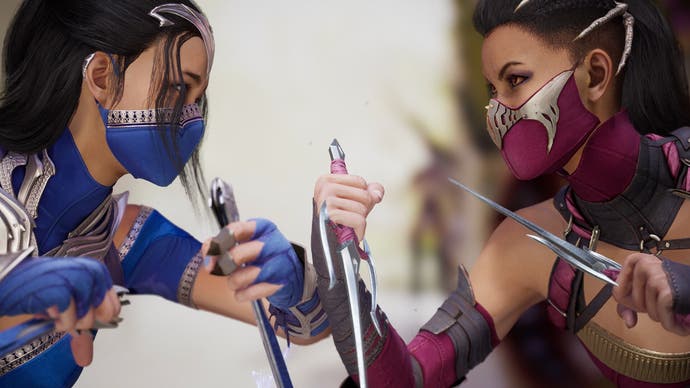


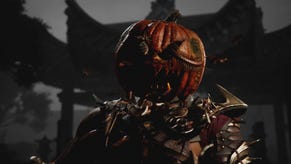




.png?width=291&height=164&fit=crop&quality=80&format=jpg&auto=webp)







